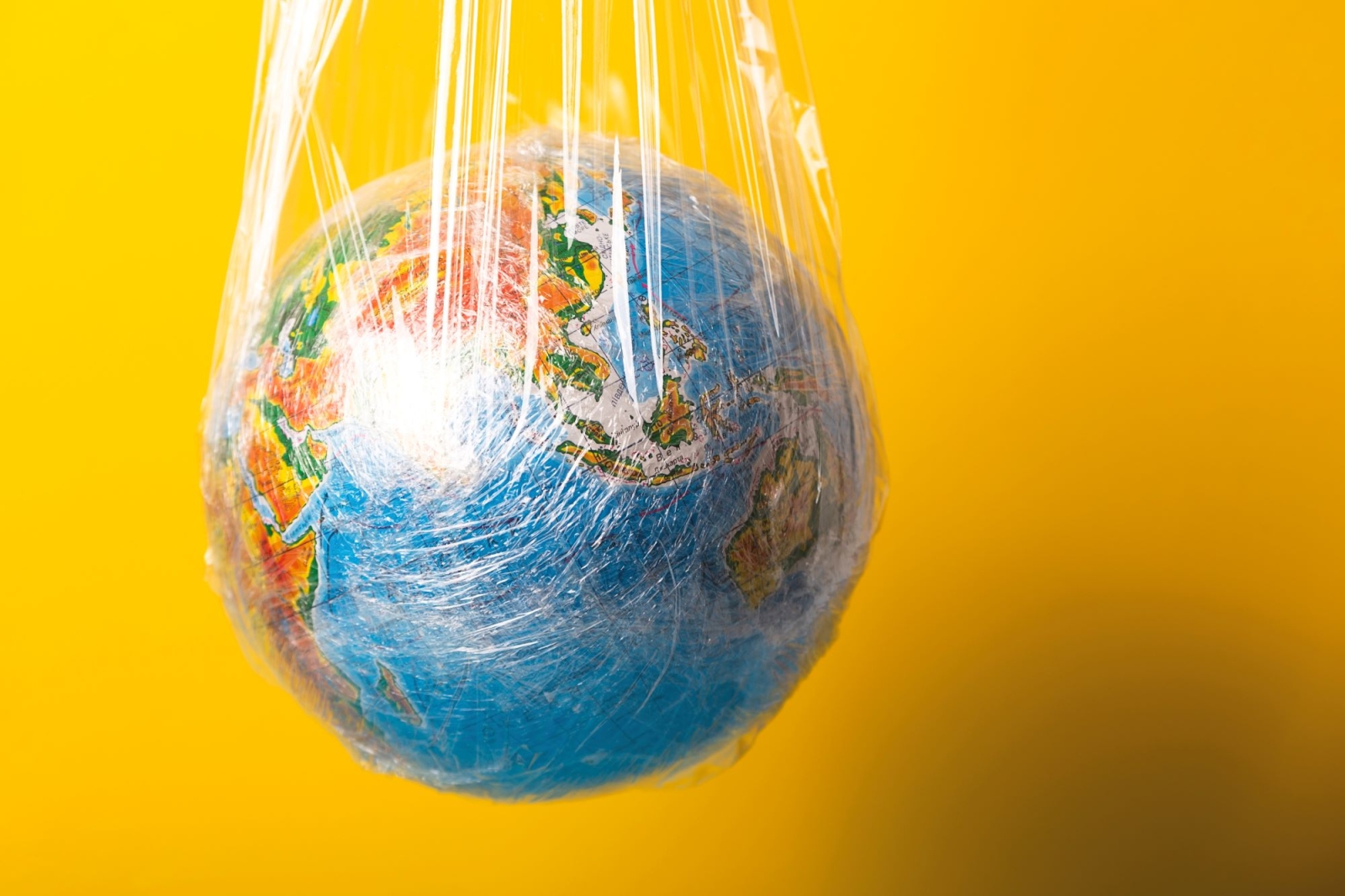The second round of negotiations (INC-2) for a Global Plastics Treaty, held from May 29 to June 2 at UNESCO headquarters in Paris, concluded with the adoption of a mandate to create a “zero draft” text. It will be used for the next round of meetings (INC-3) to be held in November in Nairobi, Kenya, and the possibility of organizing technical work in the coming months to make progress on content.
Achieving these goals was not a given, and while they represent a step forward in creating a legally binding instrument, several observers express “concern that not much progress has been made” in making substantive decisions on treaty obligations and structure, with the impression that “many key negotiations on content by members have simply been postponed until the next INC.”
Attempts to hijack negotiations
In fact, the first two and a half days of the negotiations were occupied by discussions on procedural rules that should have already been resolved during the preparatory meeting (OEWG) in Dakar, Senegal in June 2022. Specifically, in Paris, several delegations led by Saudi Arabia, India, Brazil, and Iran blocked the start of discussions on the substantive elements of the Treaty by calling into question Rule 38.1, which provides for the possibility of a two-thirds majority vote if consensus is not reached. Many observers have expressed concern that relying solely on consensus means opening the door to the possibility that one or two states with special interests could veto any decision and block the progress for everyone else.
To break the impasse, Brazil proposed a compromise: an interpretive statement clarifying that the rules of procedure are being applied tentatively and that there are different interpretations of the 38.1 voting rule. This allowed discussions on the substantive elements of the Treaty to begin Wednesday afternoon, but according to David Azoulay of the Center for International Environmental Law (CIEL), “The core question of whether consensus voting is required can re-emerge if — and when — a vote is deemed necessary at any point in future INCs.”
“To my knowledge, no stand-alone multilateral environmental agreement (e.g., the Basel Rotterdam Stockholm Conventions or the Minamata Convention) has ever been adopted without the option of a vote,” Magnus Løvold, an expert at the Norwegian Academy of International Law, explained to Renewable Matter, adding that Rule 38.1 applies only to substantive matters (such as treaty adoption), while procedural decisions are governed by Rule 38.2, which requires decisions to be made by simple majority. This means that in the future, more progressive states that want to get a solid treaty could force a vote, which would likely trigger forceful reactions from countries that insist that all decisions must be made by consensus. “This would take us into uncharted territory. There is a strong culture of consensus in environmental diplomacy. But the world is changing, with new power dynamics, and this could change the dynamics of environmental governance as well,” Løvold concludes.
What will be included in the “zero draft” of the Treaty?
It was not until Wednesday that discussions began on the substantive elements of the Treaty, which were discussed first in plenary and then in two contact groups that met Wednesday evening, Thursday, and Friday morning. The first contact group worked on substantive objectives and obligations, identifying 12 possible core obligations, including encouraging the “reduction, reuse and repair” of plastic products and packaging; promoting the use of safe and sustainable alternatives and substitutes; eliminating the release and emissions of plastics to water, soil, and air; addressing existing plastic pollution; facilitating a just transition; and protecting human health from the adverse effects of plastic pollution.
The second group worked on means of implementation, including the development of National Action Plans (NAPs), information exchange, stakeholder engagement, awareness raising and education. The United States, Saudi Arabia, China, and India, reiterated their preference for a bottom-up approach, in which states determine their commitments based on their capacities and best intentions, in the vein of the Paris Agreement on climate change, while most developing countries called for strong global commitments for all states, following a top-down approach.
According to WWF’s calculations, of the nearly 180 states attending the talks, 135 are explicitly calling for binding global rules that apply equally to all countries, rather than a voluntary agreement in which governments have a choice of actions to take. In addition, 94 states called for the Treaty to prioritize banning or phasing out problematic polymers, chemicals and high-risk plastic products. The “zero draft” of the Treaty will be prepared by the chair of the negotiating committee, Gustavo Meza Cuadra, from Peru, ahead of INC-3 and will be based on the preparatory documents, the views expressed during INC-2 in the two contact groups, and new submissions to come.
How to make sure that negotiations are based on science?
According to reports in IISD’s Earth Negotiation Bulletin, the second contact group also prioritized a “science and evidence-based tool in relation to research, noting broad support for a scientific-technical body to evaluate scientific data, socioeconomic data and impacts, plastics, polymers and problematic chemicals, and emphasized calls for a facilitative compliance mechanism.” However, during INC-2 the presence of scientists was much lower than that of lobbyists. The investigative journal Mediapart, in fact, counted 196 industry lobbyists present at the negotiations, while according to a source heard by Renewable Matter, 46 scientists from the Scientists' Coalition for an Effective Plastics Treaty (SCEPT) plus at least 3 others were present at the negotiations. So, a minimum number of 49 scientists, significantly less than the number of lobbyists.
Melanie Bergman, SCEPT member and researcher at the Alfred Wegener Institute for Polar and Marine Research, reported to Renewable Matter of at least 20 interactions with different countries or groups of countries during INC-2, most of which were fruitful encounters. However, there were also situations in which the researcher noted misunderstandings of scientific facts. “In many interventions,” Bergman explains, “recycling, circular economy and chemical recycling have been put forward as the major solution, not taking into account the current chemical design of plastics that precludes safe production, use and recyling. But even if this was improved, a study showed that recycling can only cut plastic pollution by 20%.”
Jane Muncke, of the Food Packaging Forum, Switzerland, and a member of SCEPT’s Interim Steering Committee, told Renewable Matter that SCEPT members are ready to contribute to intersessional work as needed: “We have decades of experience on several of the pertinent issues for which further work has been called for,” she explained, “and for some of the work that has been called for by member states we have data/framweworks available or the process of compilation is ongoing (for example on criteria and lists on chemicals of concern, polymers of concern, impacts of plastics on health and the environment, etc.). We would be happy to make this knowledge and expertise available in a robust scientific manner.”
Professor Richard Thompson, University of Plymouth – UK, and member of the SCEPT steering committee, was chosen by the French government to give the keynote address in the science talk that followed Inger Andersson's presentation at HAC on Saturday, May 27. Thompson emphasized the important role science has played in raising awareness of plastic pollution problems and the key role it must play in the future in identifying and evaluating solutions. The scientist, among the world's leading experts on plastic pollution, told Renewable Matter, “In my view there is an urgent need to establish a mechanism that sits above, and in addition, to the bilateral discussions with single nations. Such a mechanism does not exist. So at the moment the interpretation of best science is being undertaken by each of the 170+ member states that are committed to the Treaty. And this will not be efficient or effective, indeed some of the measures will need to be introduced at an international level. In my view we cannot move forward with 170 different versions of implementation for the way ahead.”
Image: Envato Elements



